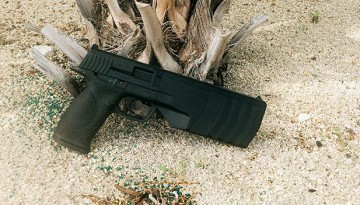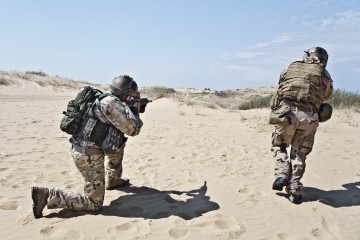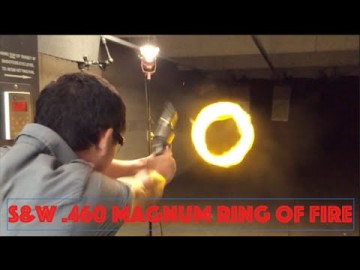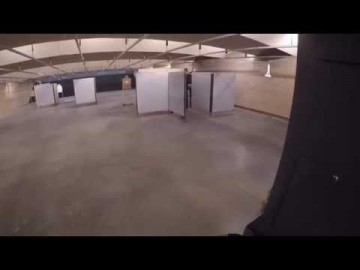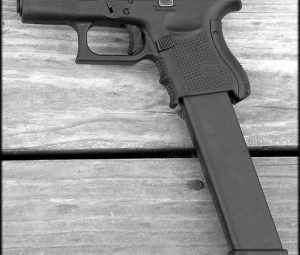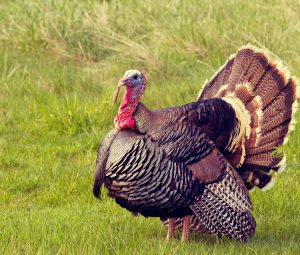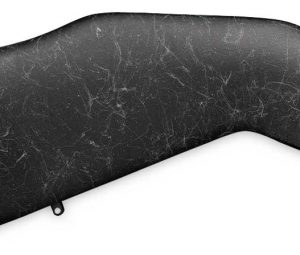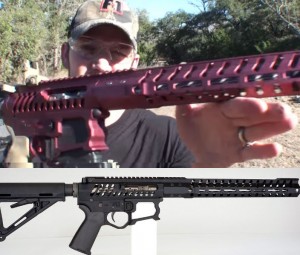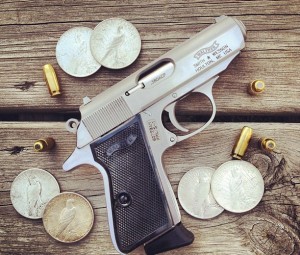Getting Back to Shooting Basics
Stance, muscle control and mindset are key.
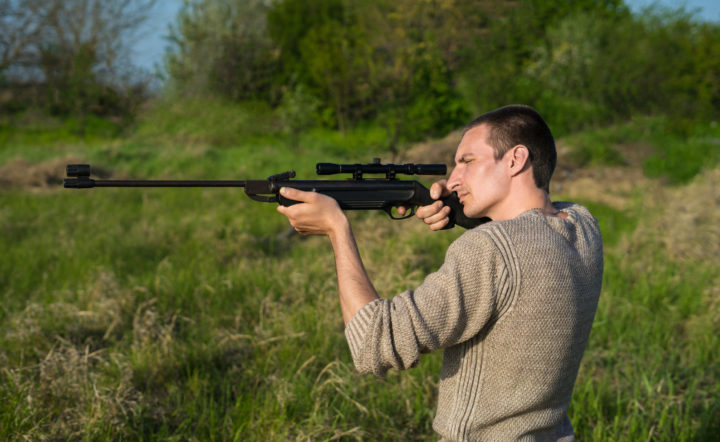
Sometimes the best thing you can do to improve a skill is to get back to the basics. Simple things like breathing, relaxing, and slowing down can improve accuracy and increase confidence.
To discharge the firearm you must pull the trigger. Sounds simple enough, right? In the movies the good and the bad guys just fire away effortlessly. But in “real life,” target practice and heaven forbid during self-defense, pulling the trigger can be problematic for even the most seasoned shooter. And a solid trigger pull is one of the most important aspects of a good shot.
Begin by gripping the gun firmly and properly. Proceed with sight alignment. With your trigger finger, place the center of your first pad on the trigger. Pull the trigger slowly and smoothly without moving anything else (or moving anything else as little as possible). When there is sufficient pressure on the trigger, the hammer is activated and the ignition begins the firing process.
The ultimate goal when you’re shooting is for nothing to move but your trigger finger—and that’s tough. Flinching is common, especially in new shooters. Though it decreases accuracy, flinching is a natural reaction to the sound of the shot and feel of the recoil. If you can prepare you mind and body for this, you can avoid flinching, smooth out, and improve accuracy. Relaxing into this movement can help. While keeping your eye on the sights, yet also keeping the target in focus, can mean success. It seems obvious, but you’d be surprised how many shooters transition from one to the other and ultimately exchange a symbiosis for a missed shot.
Your arms should be fully extended, but not locked. Relax your shoulders. While at the range, one trick I use is to get into shooting position and take a deep breathe. As I exhale, I let my shoulders fully drop while leaving my muscles relaxed—not tensed. It isn’t easy, but the more you practice, the better you’ll get, and you’ll develop muscle memory.
Your weight distribution should have a forward emphasis to contradict the kick of the shot. You will want to be in a position that prepares you for the recoil. This will allow you to control the firearm and get it back on target quickly. If you find yourself off balance after the shot, readjust your position to a more forward upper body position.
To be sure, there are more detailed shooting tips to be had, but sometimes aligning with basics can be best for improving your skills.

